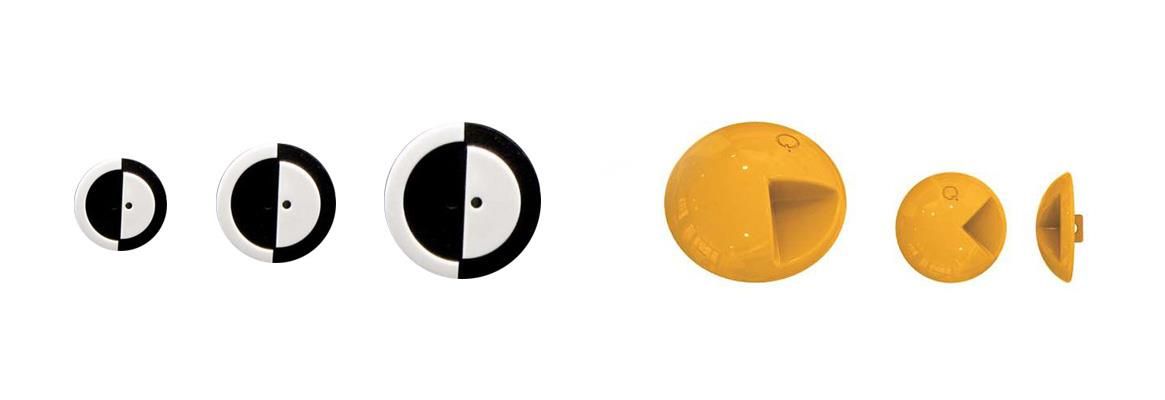Similar to zippers, buttons are also tiny garment accessories for fastening. There are a wide assortment of garment buttons, with different materials, designs as well as applications, dependent on the requirements of individual clients.
As a professional sewing button manufacturer, 2 of the most popular sewing buttons that we have been manufacturing are shank and flat buttons.
How do shank buttons differ from flat buttons? Below we will list the primary differences between them, covering their appearance, manufacturing process, application and attachment.
1. Appearance
Designed with a hollow protrusion structure in the rear, shank buttons are also referred to as buttons with hidden holes. These buttons are sewn onto the garments through the hollow protrusion using the sewing threads.
Flat buttons are also referred to as buttons with visible holes. Generally speaking, they are available in either 2-hole or 4-hole designs in the centre. These buttons are sewn onto the garments through the holes using the sewing threads.
2. Manufacturing Process
The manufacturing processes of both types of buttons differ from each other.
Shank buttons can be made of metal, resin, etc. They involve more complicated manufacturing process, and therefore, they cost more compared to the flat buttons. The hollow protrusion structure ("shank") can be directly moulded/carved onto the button. The "shank" can also be a separate component that is added to the button.
The manufacturing process is much easier for flat buttons. They can be made of plastic, metal, wood, etc., with the number of holes added in the centre as required.
3. Application
Shank buttons are widely used in many projects due to their availability in various colours, shapes and sizes. They are preferred for heavier garments like turncoats and leather jackets owning to their rigidity in structure.
Flat buttons feature simplicity, and mixing and matching colours or shapes could be difficult for them. They are widely used for formal wear, like shirts. 2-hole design is recommended for light-weight and medium-weight fabrics. For heavy-weight fabrics, 4-holes design is preferred.
4. Attachment
Shank buttons have to be sewn by hand, so the attachment is more time-consuming when compared with flat buttons.
Unlike shank buttons, flat buttons can be attached through the sewing machines.










Comments